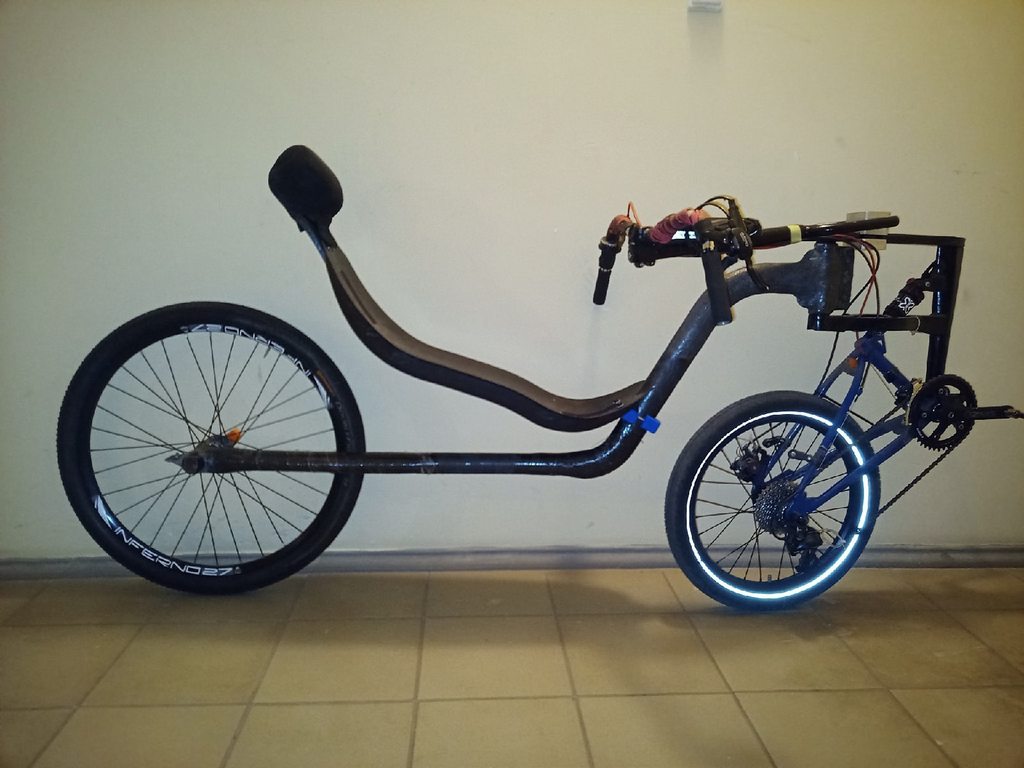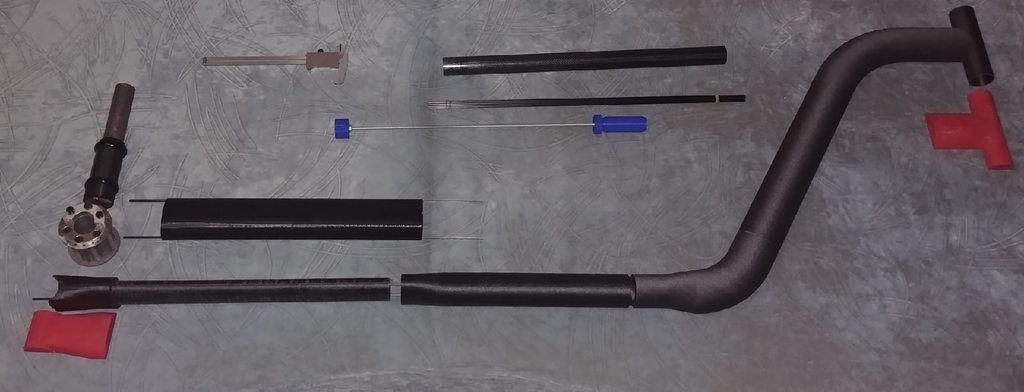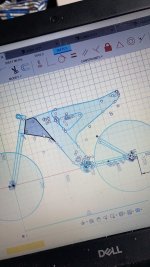advancedelectricbikes said:
Fiberglass laid up on a balsa wood dowel core may be a good strength to weight compromise.
craciunptr said:
what about buying prefabricated CF tubes? As far as I remember they are not too expensive. Accounting for materials and labour you might be saving money long-term. Using Balsa or expanded polyurethane as the base is also a good idea,

Both are valid alternatives.
CF Tubes are expensive in the size and lengths required.They are also round ... although there are some limited sizes of rectangular tubes available.
Balsa can be cut, glued, laminated and sanded to form nearly any shape model required.
It is also relatively inexpensive to work with.
My interest in PVC-pipe as a model material was peaked because it is relatively inexpensive and can be bent to form with the use of a heat gun. I have recently learned of another alternative which is
closed cell foam PVC sheets. This relatively inexpensive material can be bent to form with a heat gun and can be cut, glued, laminated and sanded to form much like balsa wood as well. Available in sheet thicknesses of 1/8, 1/4, 1/2 and 3/4 inches. One source for the material is:
http://www.hfmfgcorp.com/closed-cell-expanded-pvc-foam/
They also have a similar material available via retail outlets such as Home Despot under the brand name "Phase-2 PVC Paligh".
Available in sheet thicknesses of 1/16, 1/8, 3/16, 1/4 and 1/2 inches.
http://www.hfmfgcorp.com/phase-2-palight/
I am given to understand these materials are commonly used in model construction, signage as well as theatrical props.
DataSheet: https://www.piedmontplastics.com/resources/literatures/palram-palightR-fabrication-guide






